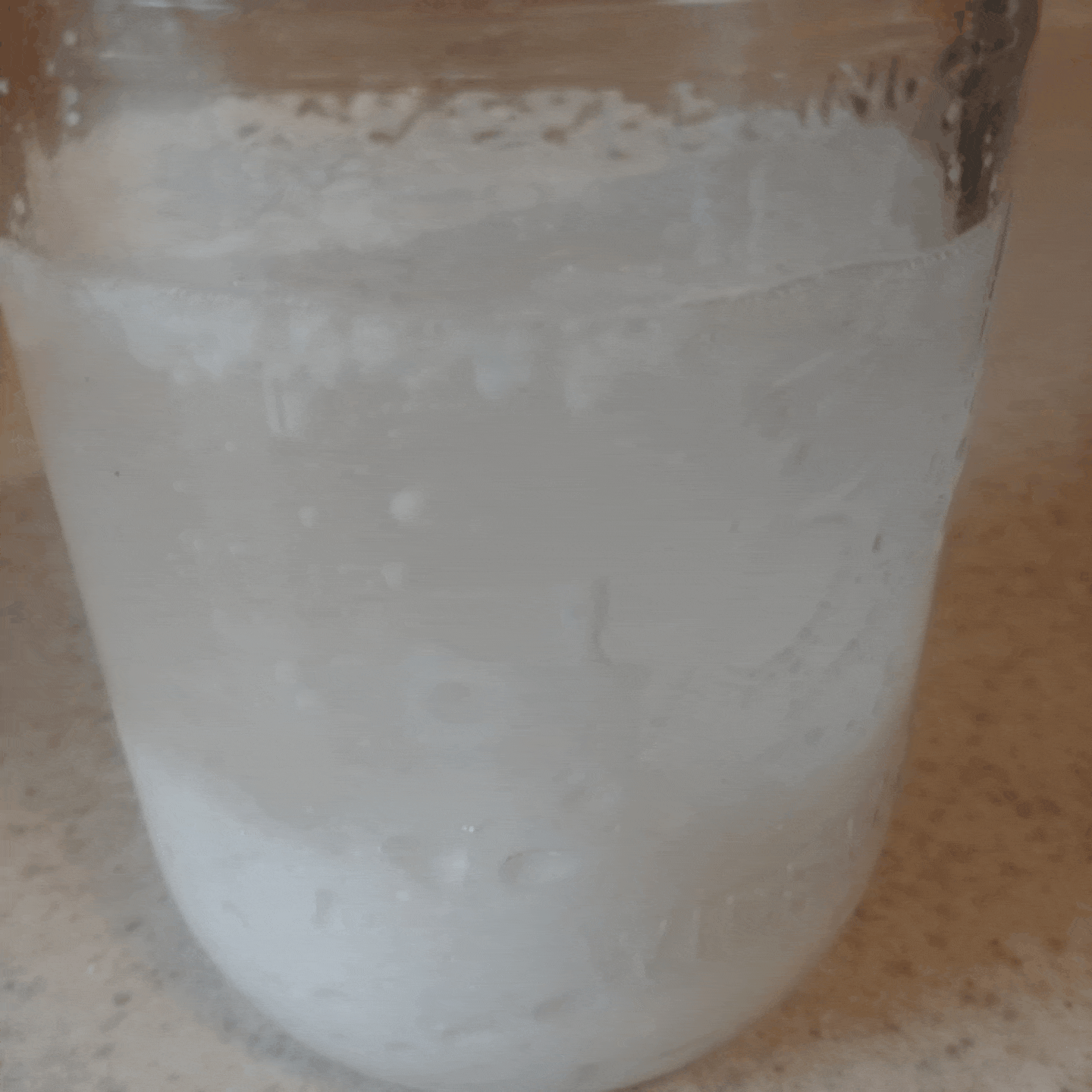At-home STEM Activities: Indoor Snow Science
This past weekend, a lot of New Hampshire saw its first big snow storm. But maybe where you are, you only got a couple of inches of snow or at this point it’s all turned to ice. So let’s celebrate the first big winter weather event with some indoor snow science activities!
Why does it snow?
The water cycle
Like all precipitation, snow starts as water on or in the ground. The water evaporates and condenses, forming clouds, and once those clouds get too big and heavy with water vapor, they release the water back to the ground in the form of precipitation, starting the water cycle all over again. That precipitation can fall in the form of rain, snow, or some sleety form in between. The main deciding factor of the type of precipitation you’ll see is temperature.
Snow forms when the atmospheric temperature (the temperature in the sky) is at or below freezing, 0°C or 32°F. For snow to reach the ground, the ground temperature (the temperature that we feel) has to be below 5°C, or 41°F. While it can be too warm for snow to fall, it’s never too cold, and the temperature affects the consistency of the snow—the warmer the air, the heavier the snow. Temperature also can change how each individual snowflake looks. The reason snowflakes look the way they do comes down to chemistry and physics—here are a couple of videos explaining how temperature can affect the structure of snowflakes and why that old adage of “no two snowflakes are alike” holds true thanks to physics:
Now that we know a little more about the science behind snow, let’s explore and celebrate this frozen precipitation with a few activities and crafts!
Observing Snowflakes
Materials:
Black construction paper
Magnifying glass (optional)
Snow, either falling from the sky or has previously fallen
Instructions:
If it is actively snowing, stand outside and catch snowflakes on your paper. If there is snow on the ground, pick up a small handful and sprinkle over your construction paper.
Be like Wilson Bentley and take a closer look at the snowflakes! What do observe? How do the snowflakes look similar? How do they look different?
Catch more snowflakes or sprinkle more snow on the paper and repeat the activity as many times as you would like. See how many different types of snowflakes you can see!
Image via brendacoulter.blogspot.com
The Science Behind the Activity
Observational science is a basic technique in a lot of scientific fields. It’s often the first step in a lot of discoveries—including in the discovery of different snowflake structures!
Paper Snowflakes
Materials:
Paper
Scissors
Instructions:
1. We want to start with a square piece of paper, so either start with a paper that is already a square or cut it into a square—with a standard letter-sized paper, fold one side down to make a triangle and cut off the extra strip. If you start with a square piece of paper, fold in half diagonally.
2. Fold in half again, and then in thirds. Snip of the corners as pictured below, so you have a thin triangle of paper.
3. Cut out your design, being careful not to fully cut off any one side so your snowflake doesn’t fall apart.
4. Unfold your paper and enjoy your beautiful paper snowflake! Make as many snowflakes as you would like—you can vary your designs and sizes to make a whole blizzard!
The Science Behind the Activity
Paper snowflakes make good use of the geometric property of symmetry. A line of symmetry is an imaginary line that acts as a mirror, reflecting whatever is on one side over to the other. Each time we fold the paper, we create a new line of symmetry, so when we fold the paper in half once, and that creates one line of symmetry. When we fold it over a line of symmetry, that doubles the number of lines of symmetry. So while we fold the paper 6 times, we have 12 lines of symmetry.
These lines of symmetry reflect your cuts all the way around your snowflake.
Snowstorm in a Jar
Materials:
Water
White paint
Baby oil (other oils, like vegetable oil, will work too, they just won’t be clear)
Jar or other glass container
Alka-Seltzer tablet
Instructions:
1. Fill about a third of your container with water and add enough white paint so that it looks like milk. Then pour in the oil until the container it’s about 2/3 full of liquids.
2. Break the Alka-Seltzer tablet into pieces and add a piece to the jar, and watch the snowstorm begin! Add more pieces of the tablet to create a blizzard.
The Science Behind the Activity
While our snowstorm in a jar might look like the meteorological phenomenon, obviously there’s some different science going on here! There are two things that cause our snowstorm: liquid densities and a chemical reaction.
Water is more dense than oil—meaning that if you have the same volume of water and oil, there is a greater number of molecules of water in that volume than molecules of oil. So when you stack the liquids on top of each other, the lighter oil wants to float on top and the heavier water wants to sink to the bottom. The fizzing tablet floats bubbles of water up to the top of the oil and gravity pulls it back down, causing the falling snow effect.
The reasons the Alka-Seltzer tablet fizzes is because of what it’s made of: baking soda and citric acid. On the pH scale, baking soda is a base and citric acid is (as the name implies) an acid. When the tablet is dropped in water, the baking soda and citric acid combine in an acid-base reaction, neutralizing each other and releasing carbon dioxide. The bubbles that bring the water to the top of the oil is the carbon dioxide released in the reaction.








